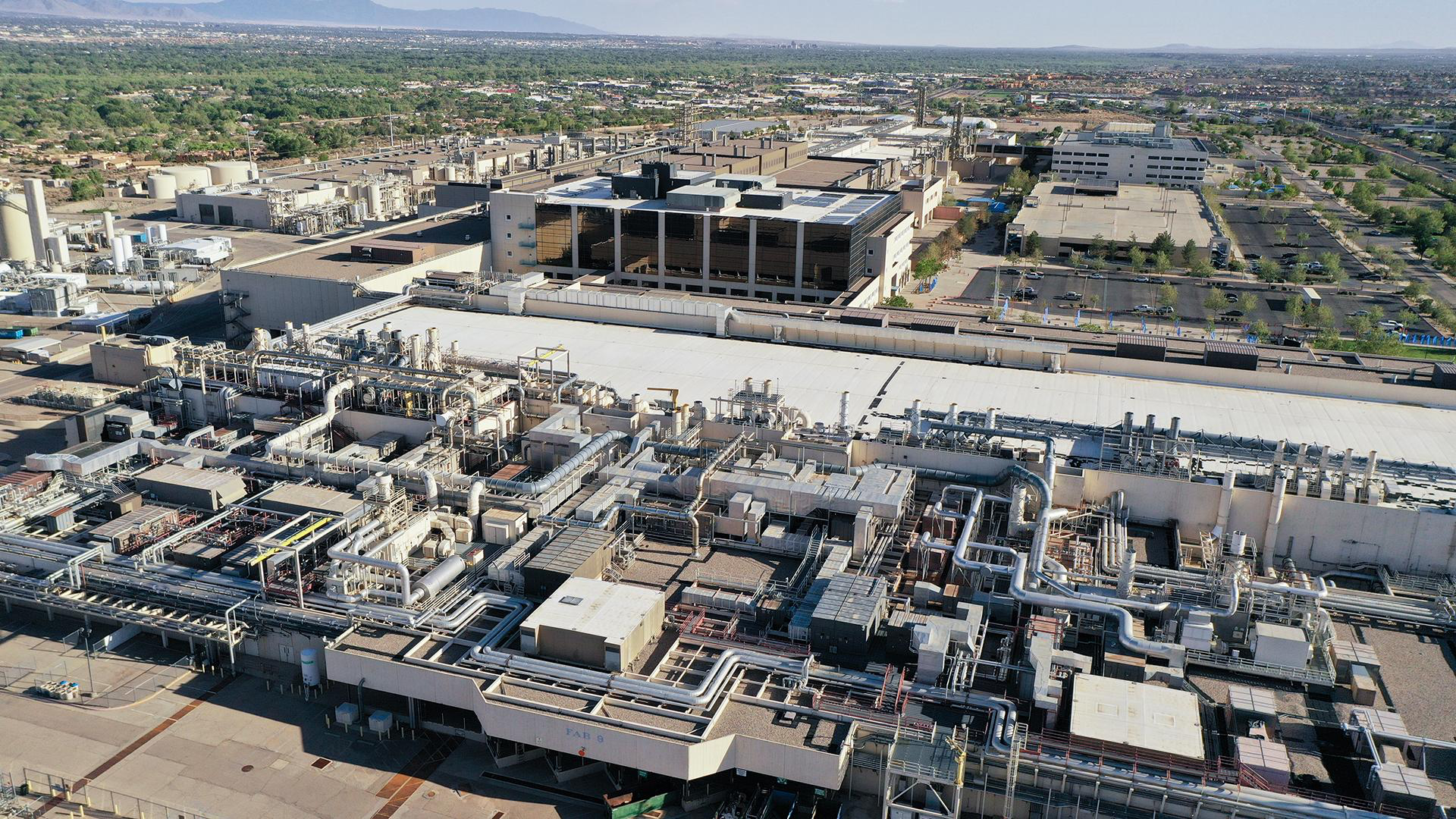Intel Plans Massive Fab Expansion in Oregon

Intel has submitted a permit application outlining extensive plans for expansion at its Gordon Moore Park campus (near Hillsboro, Oregon) over the next five years. The company's detailed proposals point toward building a fourth module of its D1X research and development (R&D) facility as well as rebuilding its D1A R&D fab that is decades old, according to a report by OregonLive.
The application indicates Intel's intent to revamp its iconic R&D site, although they did not specify the financial scope of these proposed projects. The preceding upgrade, involving the third module of D1X, incurred a cost of $3 billion and resulted in an addition of over one million square feet to the campus. The upcoming expansion may surpass this, considering Intel's plans to not only add D1X module 4, but also to rebuild its three-decade-old D1A fab, construct additional buildings to support manufacturing, and implement various undisclosed enhancements. Intel predicts the installation of new equipment to commence as early as 2025, with other aspects of the project to be completed by 2028.
These planned enhancements, as outlined in the comprehensive 1,100-page air-quality permit application Intel sent to the Oregon Department of Environmental Quality in July, could potentially lead to considerable augmentation of the Gordon Moore Park campus with significant environmental implications. Intel is requesting permission to more than double its greenhouse gas emissions from Oregon sources, which would classify its Washington County manufacturing as a "major source" of regulated pollutants.
It should be noted that permit applications represent intentions rather than formal commitments from Intel. But while Intel has yet to make a official announcement regarding these plans for its Oregon campus, CEO Pat Gelsinger expressed a desire for substantial growth at the site in May.
"I would be reticent to constrain my dreams for how big it might be in the future," Gelsinger said.
The Gordon Moore Park campus currently accommodates five fabrication plants: the flagship D1X, which is a manufacturing process development facility; D1A, a development fabrication plant from the 1980s; D1B and D1C, both capable of 10nm production; and D1D, which is capable of 7nm production. With 22,000 employees, Intel stands as Oregon's largest corporate employer.
This proposed expansion marks a significant turning point not just for Intel, but also for the state of Oregon. If these proposed developments follow the pattern of previous expansions in Oregon, the investment might amount to billions of dollars, which while lower than the tens of billions allocated for new campuses in Arizona and Ohio, it nonetheless stands as one of the most substantial capital projects in Oregon's history. The expansion could potentially lead to the creation of hundreds or even thousands of jobs.
Get Tom's Hardware's best news and in-depth reviews, straight to your inbox.

Anton Shilov is a contributing writer at Tom’s Hardware. Over the past couple of decades, he has covered everything from CPUs and GPUs to supercomputers and from modern process technologies and latest fab tools to high-tech industry trends.